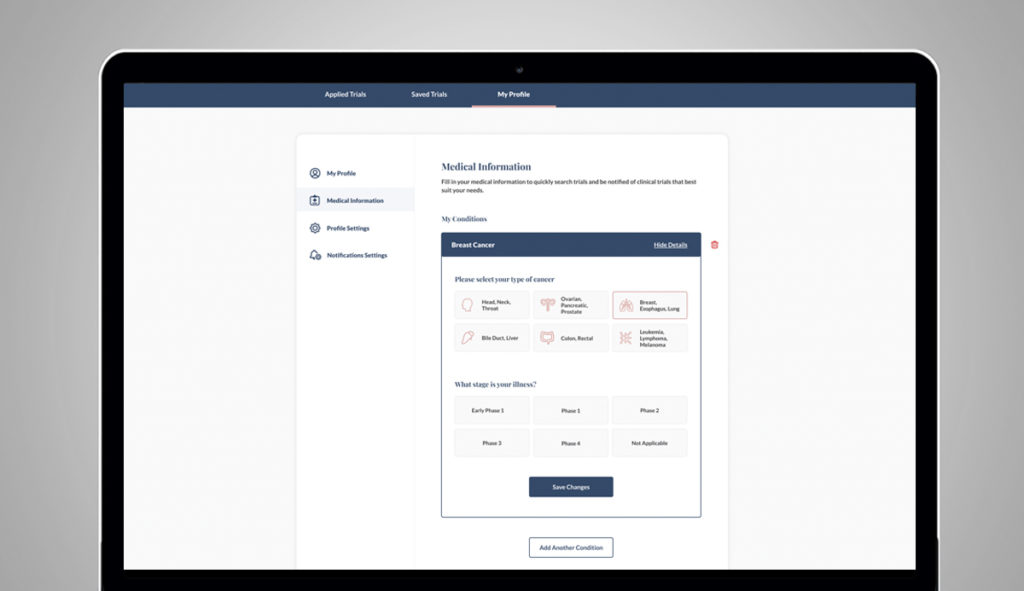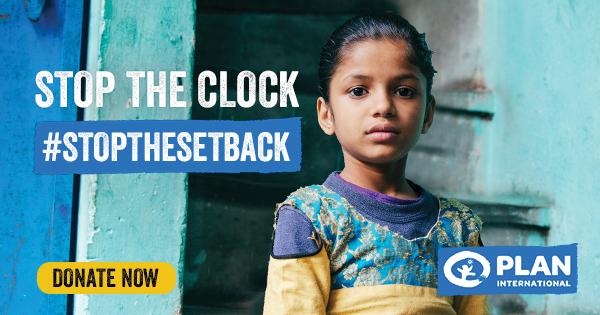Organic food is widely considered to be healthier for both people and the environment. While you may be able to find organic food in the supermarket, finding information on how to grow and garden organically is a different story – at least it was – in Canada.
Canadian Organic Growers (COG) grew from the need for better understanding about organic farming and gardening methods, and today, they’re advocating for organic farming across the country. We spoke with Canadian Organic Growers about their mission and projects.

Tell us about Canadian Organic Growers’ mission.
Our mission is to provide education, advocacy, and leadership to help build an agricultural system that empowers farmers and consumers, enhances human health, builds community, and mitigates climate change, while increasing Canadian food sovereignty.
What inspired your founders to start Canadian Organic Growers?
Our founders wanted to grow food without chemicals, both for their own health and the health of the planet. However, there was a lack of information on organic farming and gardening, particularly in the Canadian context. Backyard gardeners, “back to the landers,” and farmers joined together to help share knowledge and resources.
What were some of the challenges they encountered?
There was a general lack of understanding about organic farming and gardening methods, as well as a social stigma directed at organic farming. Also, organic farming wasn’t taken seriously by agricultural departments (provincial and federal) or agricultural colleges. This meant that farmers had to learn by trial and error, or from mentors.
The organic certification process and logo did not exist, so people didn’t have a way of knowing what foods were actually organic or not. Things have come a long way since those days!
What do you consider Canadian Organic Growers’ biggest success?
By creating Canadian Organic Growers chapters across the country, organizing workshops, and publishing a series of books, we have played a pivotal role in stimulating the Canadian organic movement.
Over the decades, an increasing number of farmers and gardeners have embraced organic methods, and the demand for organic food keeps growing, for example from 1.7% of the Canadian market share in 2012 to 3.3% in 2020 (Canada Organic Trade Association).
Part of this reflects the work COG has done over the decades. Our courses and books have helped farmers transition to organic farming. In fact, three of our books have been used as textbooks in universities in their agricultural departments.
We have also enabled more people across the country to access organic food – partially by our work in stimulating the organic movement but also through specific programs, such as COG’s Growing Up Organic, which has led to the development of school gardens and the introduction of organic food in schools, daycares, and other institutions across Canada.

What makes your organization unique?
Canadian Organic Growers is the only national organization representing organic farmers, gardeners, and consumers from coast to coast. Our membership encompasses people from all sectors of the organic community; no other organization has this scope.
As a result, our activities range from teaching people how to grow sprouts and microgreens on the kitchen counter, to creating school gardens, to advocating for government support for farmers who are transitioning to organic agriculture, to teaching prairie farmers about organic regenerative agriculture.
We have chapters and affiliates across the country, which allows different groups to work on the local aspects of organic growing, education, and advocacy that meet the needs of their own community.
How do you feel Canadian Organic Growers makes the world better?
Canadian Organic Growers makes the world better by advocating for a cleaner environment, greater biodiversity, and a healthy, nutritious food supply.
As a result of our work, more people of all incomes and ages are eating local organic food and more land is being farmed organically. This means greater biodiversity and protection of pollinators, less pollution due to runoff of agricultural chemicals and antibiotics given to livestock, and more animals have access to the outdoors and are humanely treated.
Rural communities are benefitting from more money flowing into rural economies, and more people living in these communities have access to healthy, nutritious food. COG address the human aspect of food production by supporting the development of school gardens, incorporating mindfulness practices into gardening workshops, and developing an online Indigenous gardening workshop.
Our work also addresses the current climate crisis. Agriculture accounts for about 10% of total greenhouse gas emissions (GHG) globally; COG is teaching farmers how to sequester (trap) carbon in the soil and reduce GHG emissions.
Tell us about your organization’s goals.
Our main goal is to promote organic growing and strengthen the organic food supply through education, advocacy, collaboration, and partnerships. We want to provide farmers and gardeners with the tools they need to grow organic food, and in doing so, promote biodiversity, mitigate climate change, and protect our environment for future generations.
For farmers, we’re doing this through peer-to-peer education, publication of books, and production of webinars. We bring experts out to the field to talk with individual farmers about how they can adopt regenerative organic farming practices, and go to schools to help children learn how to garden organically and develop a taste for organic food (and practices). Canadian Organic Growers also helps seniors find accessible ways to garden and, in doing so, they can enjoy the physical and mental benefits of gardening organically in a community.
We also want to help consumers understand and appreciate the value of locally grown organic food. COG aims to increase awareness of the many reasons to buy local organic food, including the environmental, socioeconomic, and nutritional benefits. We do this through webinars, events (such as Organic Week held each September), and through our magazine (currently in the process of being moved to a free online format here).

Are there any upcoming initiatives or projects you’d like to share?
Regenerative Organic Oats in the Prairies (ROO) is a three-year project to help oat farmers in Saskatchewan transition to Regenerative Organic Certification. The educational aspect of the project will help encourage other farmers to adopt regnerative organic practices. This initiative, the first of its kind in Canada, is made possible due to the support of industry partners Riverside Naturals and Nature’s Path.
In Growing Up Organic (GUO), COG partners with schools to establish school garden programs as the basis for experiential education. For example, in the past year alone, GUO delivered 270 workshops and established 30 new garden beds in Ottawa schools, and the goal for 2022 is to build up to 48 new gardens and deliver more than 250 garden curriculum-connected workshops. COG is also developing a virtual Indigenous gardening workshop and now incorporating land acknowledgements, as well as mindfulness exercises in many gardening workshops.
The Canadian Access Project (CAP) is a two-year collaborative project, made possible with an investment from Agriculture and Agri-Food Canada (AAFC), that will identify current barriers in the organic food supply chain, help the Canadian organic industry fulfill its economic potential, and provide Canadians with increased access to regionally-grown, organic food. COG will deliver virtual workshops and reports, and provide a detailed plan to create an environmental model, which would highlight the benefits of removing barriers to organic commodity production and distribution.
Growing Eastern Ontario Organically (GEO-O), is a three-year, on-the-ground initiative to support farmers to transition to organic agriculture through mentorship, financial incentives, and on-site experiential learning. GEO-O provides farmers with in-person, on-site, farmer-to-farmer training. GEO-O is a first of its kind experiential learning-centred approach in a specific region. It was made possible with funding from Ontario Trillium Foundation and Ontario Ministry of Agriculture, Food and Rural Affairs.
To date, we have had 57 farms enrolled in the program, representing over 10,000 acres of farmland. COG will compare the outcomes of GEO-O to similar efforts across the country in order to bring further benefits to the entire Canadian organic sector.
Lastly, for more than forty years, COG published a hard copy magazine; however, we have since gone completely paperless. The Canadian Organic Grower is now available free, online, in a blog-style format. The new version has information for consumers, as well as resources for backyard gardeners and farmers. The content includes features on organic businesses, tips for organic farmers, recipes, and news about organic science. Check it out! A beta version is online here, and we expect to launch the website formally in early 2022.

What do you most want people to know about Canadian Organic Growers?
We offer something for everyone who has an interest in healthy food and a healthy environment. Whether you’re growing herbs in window boxes or planting one thousand acres of wheat, Canadian Organic Growers has resources to help you learn how to grow food organically.
For consumers, COG works to improve production and access to organic food across the country and will soon (through the free online magazine) provide tips on buying, storing, and cooking organic food in season.
We also do a lot of work behind the scenes, such as advocating for changes in agricultural policies (particularly regarding GMOs), helping develop the Canadian Organic Standards, and standing up for organic growers in any way we can.

How can people help or contribute to Canadian Organic Growers’ mission?
Grow or buy organic food. When you buy local organic food or grow your own food organically, you are helping to create a healthier planet for ourselves, future generations, and the living organisms who share our environment.
There are several ways people can contribute, including becoming a member of Canadian Organic Growers, volunteering with a chapter or the national organization, and helping to support our important work by making a donation on our website. COG is a charitable organization and can issue tax receipts for donations of $25.
This story was featured in the Make The World Better magazine:
Dive into another inspiring story:
- Bluebird Grain Farms: Cultivating for the Next Generation
- Cascadia Seaweed: Making a Splash to Make the World Better
- Ecosystem Services Market Consortium: Improving Soil Health
- EMKAO Foods: Transforming the Economy with Every Cocoa Bean
- Moment Energy: Harnessing the Power of Clean Energy Storage
- Nada Grocery: Going Package-Free to Save the Planet
- ReFeed Canada: Securing Sustainable Food Systems
- Solaires: Illuminating Good with Affordable Solar Solutions






















